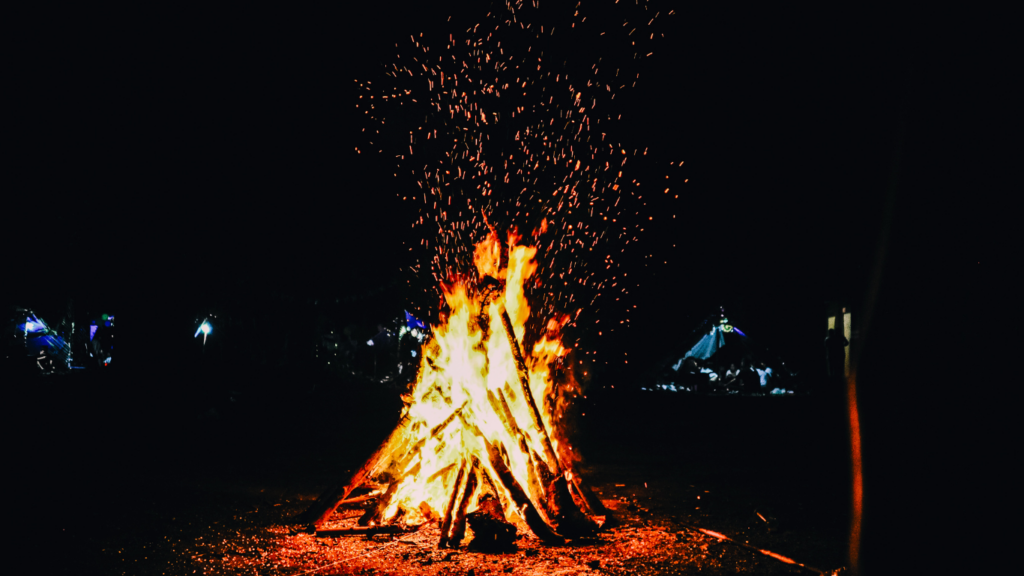Understanding the Importance of Signaling for Help
Knowing how to signal for help in emergencies can be life-saving. When faced with unforeseen circumstances, effective signaling boosts your chances of being rescued. Understanding why signaling is crucial helps in choosing appropriate methods.
Quick response times are often critical. In medical emergencies, signaling can mean the difference between life and death. Emergency responders rely on clear signals to locate and assist individuals in distress.
Visibility and audibility matter. Signals must be easily seen or heard from a distance. Bright colors, reflective materials, and loud noises are essential. These elements ensure that rescuers can identify your location quickly.
Signaling reduces time spent in hazardous conditions. When you’re stranded, every second counts. Effective signals expedite rescue efforts, minimizing exposure to risks like harsh weather or unstable environments.
Clarity in signaling methods avoids confusion. Misunderstandings can delay rescue operations. Using standard signals, such as the three short whistle blasts or the SOS Morse code, ensures that rescuers recognize your distress call.
Preparedness enhances survival chances. Carrying signaling tools, such as mirrors, whistles, or flares, is vital. Equipping yourself with these items increases the likelihood of rescue, especially in remote areas.
Understanding the importance of signaling empowers you. When emergencies arise, confident and knowledgeable individuals implement effective signals promptly, ensuring quicker rescues and better outcomes.
Basic Techniques for Signaling
In emergencies, knowing effective signaling techniques is key. Below are primary methods to signal for help using sound and light.
Using Sound
I can attract attention using sound-based tools. Whistles, for example, are effective because they produce a loud, distinct noise that travels far. Three short blasts on a whistle serve as a universal distress call. Alternatively, banging two objects together or shouting at regular intervals can help if no whistle is available. Loud, repetitive sounds are best to grab attention.
Using Light
Light signals can communicate distress, especially at night or from a distance. Flashlights work well; clicking them on and off three times in succession signifies an emergency. Mirrors can reflect sunlight to create bright flashes, which can be seen from miles away. It’s essential to aim the beam or reflection deliberately toward any potential rescuers. Flares provide another strong visual cue, offering intense, bright light that can’t be missed.
Visual Signals
Visual signals effectively draw attention in emergencies and can be seen from great distances. These signals make it easier for rescuers to locate those in need.
Signal Fires

Signal fires generate smoke and light, making them highly visible. To create a signal fire, gather dry wood and kindling. Build three fires in a triangular pattern, ensuring each fire is spaced evenly. Use green branches to produce smoke during the day. Light all three fires simultaneously at night to increase visibility. Keep a fire extinguisher or water readily available to manage the fire.
Flags and Markers
Flags and markers communicate distress and indicate your location. Use brightly colored or reflective materials to increase visibility. Create an “X” on the ground with rocks, logs, or fabric. Wave a brightly colored cloth or use signal flags that contrast with the surroundings. Place markers at the highest point within the area, ensuring they’re easily visible from the air.
Electronic Devices for Signaling
Electronic devices serve as reliable tools in emergency situations. They enable quick communication and location sharing, boosting the chances of a timely rescue.
Mobile Phones and Radios
Mobile phones provide a primary means of communication. Dialing emergency services (911) can quickly connect you to help. Sending text messages may work if voice calls fail due to weak signals. Smartphones equipped with GPS offer location-sharing features that can help rescuers pinpoint your position.
Radios, especially two-way radios, are vital in remote areas. Ham radios and CB radios assist in maintaining communication when cell coverage is nonexistent. Marine radios are essential for sea emergencies; channel 16 is the marine distress frequency. Broadcasting your coordinates ensures swift action by rescue teams.
Personal Locator Beacons
Personal Locator Beacons (PLBs) offer robust signaling capabilities. Activating a PLB sends a distress signal via satellite, reaching global search and rescue authorities. Modern PLBs include GPS integration, providing accurate location data. Compact and portable, they suit various outdoor activities.
Registering your PLB is crucial. It links your beacon to your personal information, aiding responders. PLBs operate on global satellite systems, ensuring signal transmission regardless of cellular coverage. This tool increases your visibility and enhances rescue operations in critical scenarios.
International Emergency Signals
International emergency signals are essential for attracting attention during critical situations. These globally recognized methods enhance the chances of a swift rescue.
Morse Code SOS
Morse code SOS is a universal distress signal using three short, three long, and three short signals (●●● ——— ●●●). This sequence is easy to produce and recognizable by rescuers. Emit this using flashlights, whistles, or tapping objects.
Distress Signals for Water and Wilderness
Distress signals for water and wilderness vary based on the environment.
- At Sea: Use visual signals like flares or mirrors. Signal distress with waving arms or an orange flag.
- In Wilderness: Create large X or SOS signs with rocks or branches. Use fire or smoke to gain visibility.
Using these methods improves rescue response and increases survival prospects.
Best Practices for Signaling in Different Scenarios
Signaling methods vary based on the environment. Understanding the appropriate techniques for each scenario can significantly impact rescue outcomes.
Urban Environments
Urban areas offer unique signaling opportunities due to accessible resources and infrastructure. Use these methods to attract attention:
- Sound Devices: Utilize loud, piercing sounds. Car horns and emergency whistles work well.
- Light Signals: Flashlights, strobe lights, and even mobile phone flashlights can be effective.
- Visual Signals: Bright clothing or reflective surfaces, such as mirrors or foil, catch attention.
- Electronic Communication: Send distress messages via mobile phones or social media platforms.
Remote or Wilderness Areas
In remote or wilderness areas, traditional and modern methods blend to enhance visibility and audibility. Consider the following practices:
- Sound Devices: Use whistles and air horns, which can carry sounds over long distances.
- Fire and Smoke: Create controlled fires; dense smoke is visible even from far away.
- Mirrors and Reflectors: Use mirrors, signaling devices, or reflective materials to flash sunlight toward search personnel.
- Natural Markers: Arrange rocks, branches, or clothes in a visible SOS or distress pattern.
- Personal Locator Beacons (PLBs): Activate these devices to send a distress signal via satellite, providing your exact location.
Choosing the right signaling method based on your environment increases the chances of a timely rescue.





